Looking for Places To Stargaze? Consider These 12 Destinations
In other words, welcome to your new vacation plans.
No matter how old we are, what we do or where we’re from, many of us have this in common: the childlike excitement elicited by a night sky full of shining, twinkling stars. All around the world, there are places that seem as though they were custom-made for stargazing—with skies so dark you can see stars, planets, constellations and galaxies that aren’t visible in most areas.
Here are 12 places to ooh and aah at the stars during your next vacation and experience the wonder for yourself. Before you go, visit the location’s website for information about limited availability and safety protocols.
1. Natural Bridges National Monument in Utah
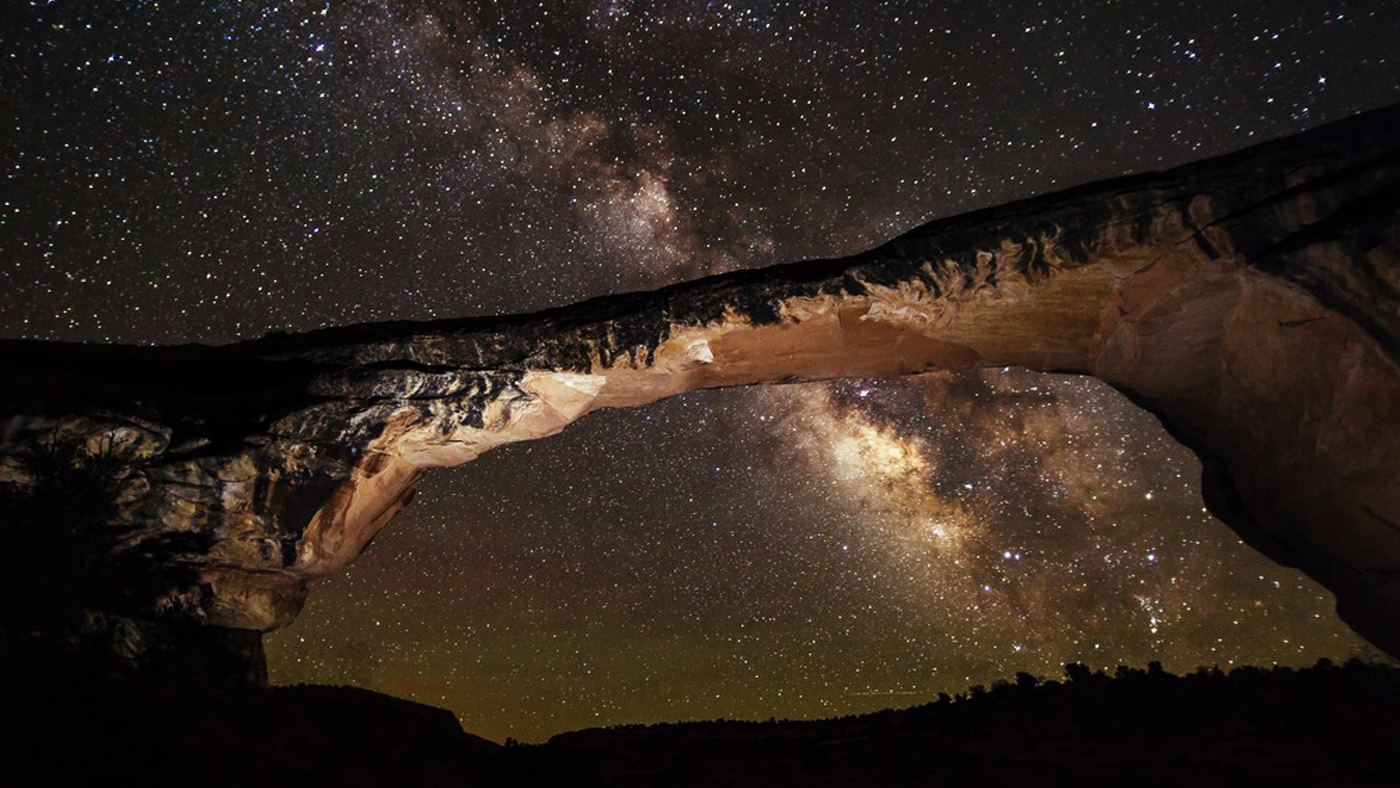
This national monument was the first International Dark Sky Park certified by the International Dark-Sky Association. One of three natural bridges in the park, the Owachomo—named in honor of the Hopi people whose ancestors once resided there—creates a window to thousands of stars. In some areas of the national monument, you can see up to 15,000 stars throughout the night. (You may see fewer than 500 in most cities!) This park offers guided programs during the spring and summer and a custom 16.5-inch Newtonian telescope to help you view everything from galaxies to planets.
Get the best view of: the Milky Way
Where to stay: Planning an overnight stay at Natural Bridges will take some preparation as there’s no running water, electricity or hookups. However, the campground is located next to the monument’s visitor center off the main park road, and each campsite comes with a grill, a picnic table and a tent pad—perfect for a night of stargazing.
2. Headlands International Dark Sky Park in Michigan
Sitting along the shoreline of Lake Michigan, Headlands International Dark Sky Park is one of the most sought-after destinations for stargazing in the country. The 1-mile Dark Sky Discovery Trail takes you straight from the entrance to the official viewing area, where you can see thousands of stars. Pro tip: Visit Headlands during a meteor shower to watch the falling stars’ reflection dance on the waters of the lake.
Get the best view of: the northern lights
Where to stay: Book a night on-site at the Guest House at the Headlands or head downtown to AAA Three Diamond Bridge Vista Beach Hotel & Convention Center for a float down the lazy river and more family fun at the indoor water park.
3. Denali National Park & Preserve in Alaska
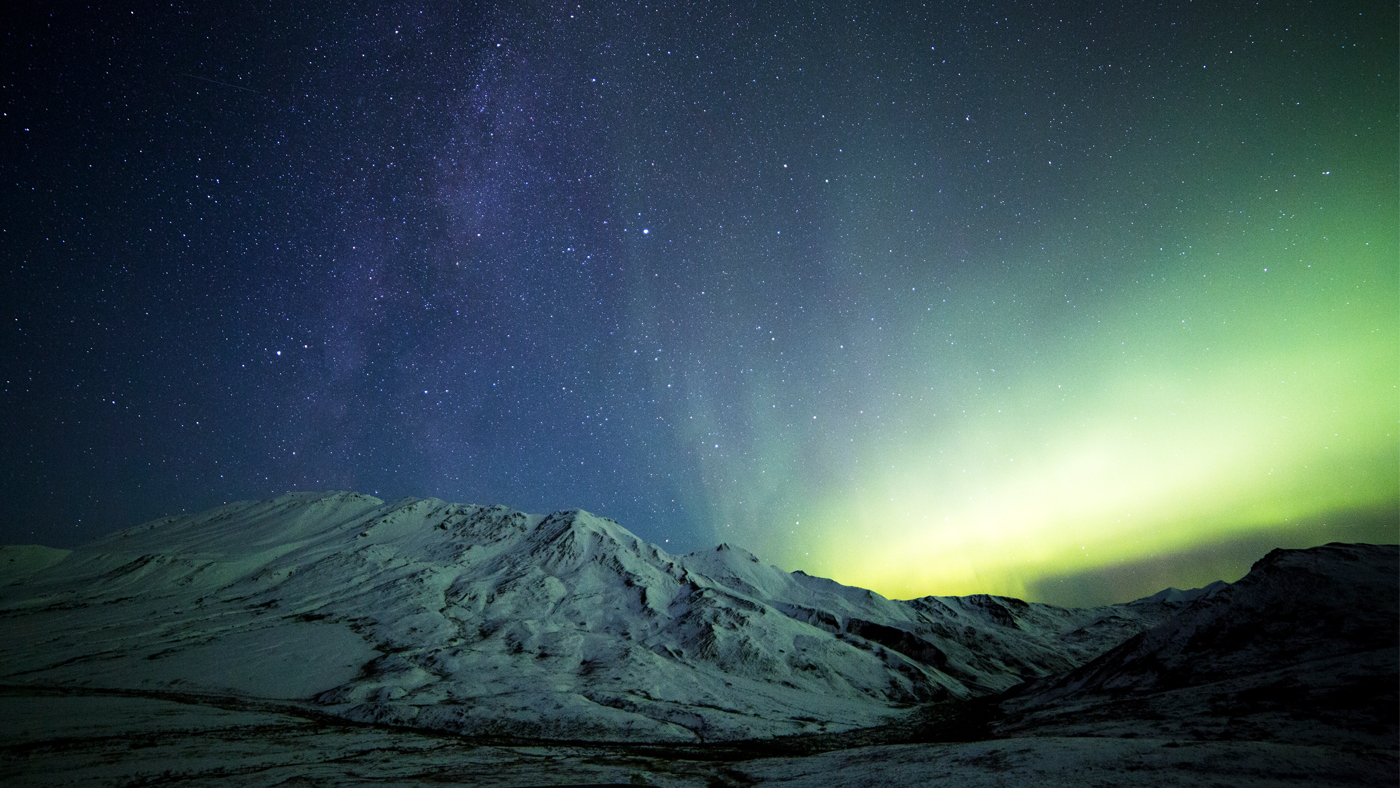
Looking to rent a car that’s better equipped for stargazing campgrounds? Hertz makes it easy and adds savings for AAA Members.
Read More >>When you’re looking for the best places to stargaze, Alaska should be at the top of the list. The 6-million-acre Denali National Park & Preserve houses North America’s tallest peak, which is surrounded by forests and wildlife—and which, of course, has hardly any light pollution. Visit after the second week of August to get a better chance of seeing phenomenal views of the northern lights—the amount of darkness in the sky increases as the region turns further away from the sun.
Get the best view of: the northern lights
Where to stay: AAA Three Diamond Denali Princess Wilderness Lodge is the closest place to stay, only a mile away from the park, with views of the park and the Nenana River.
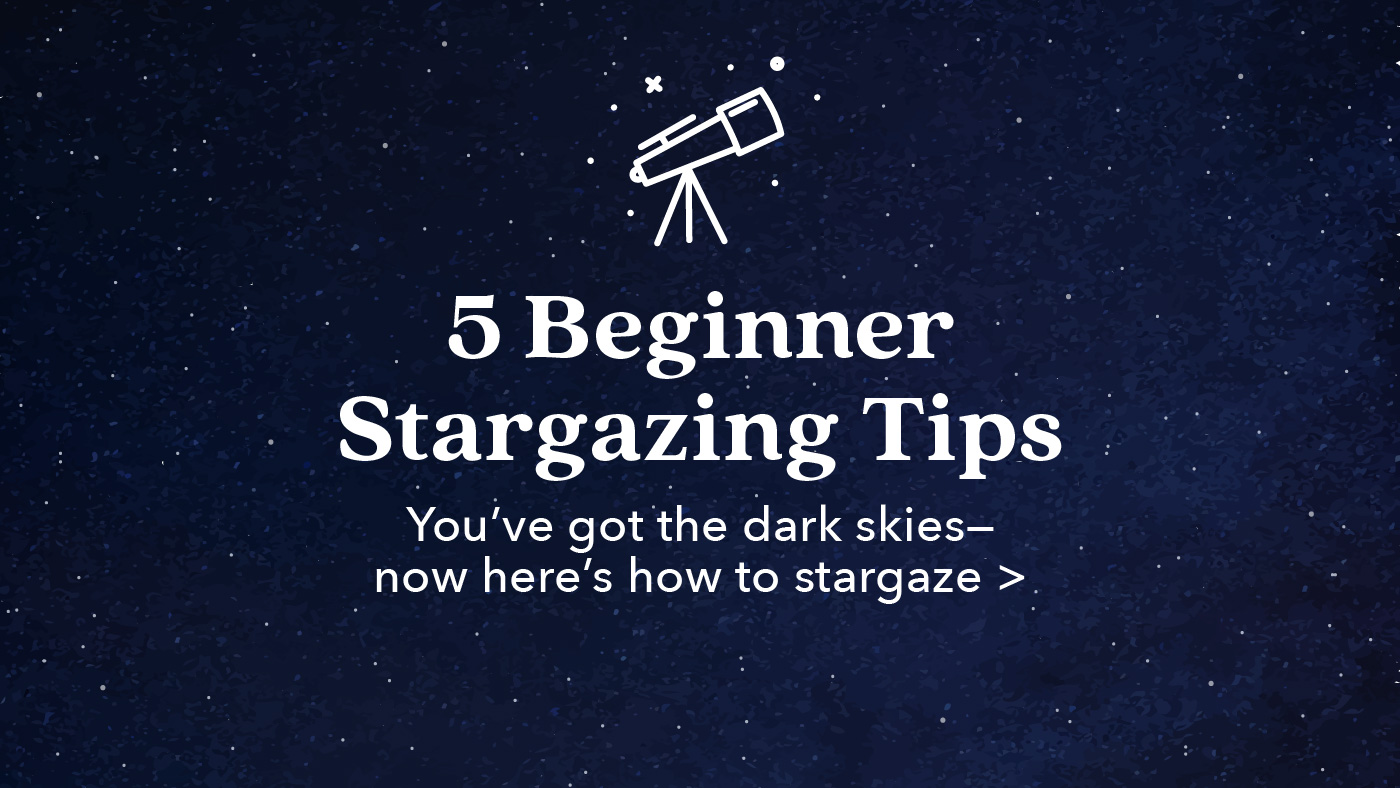
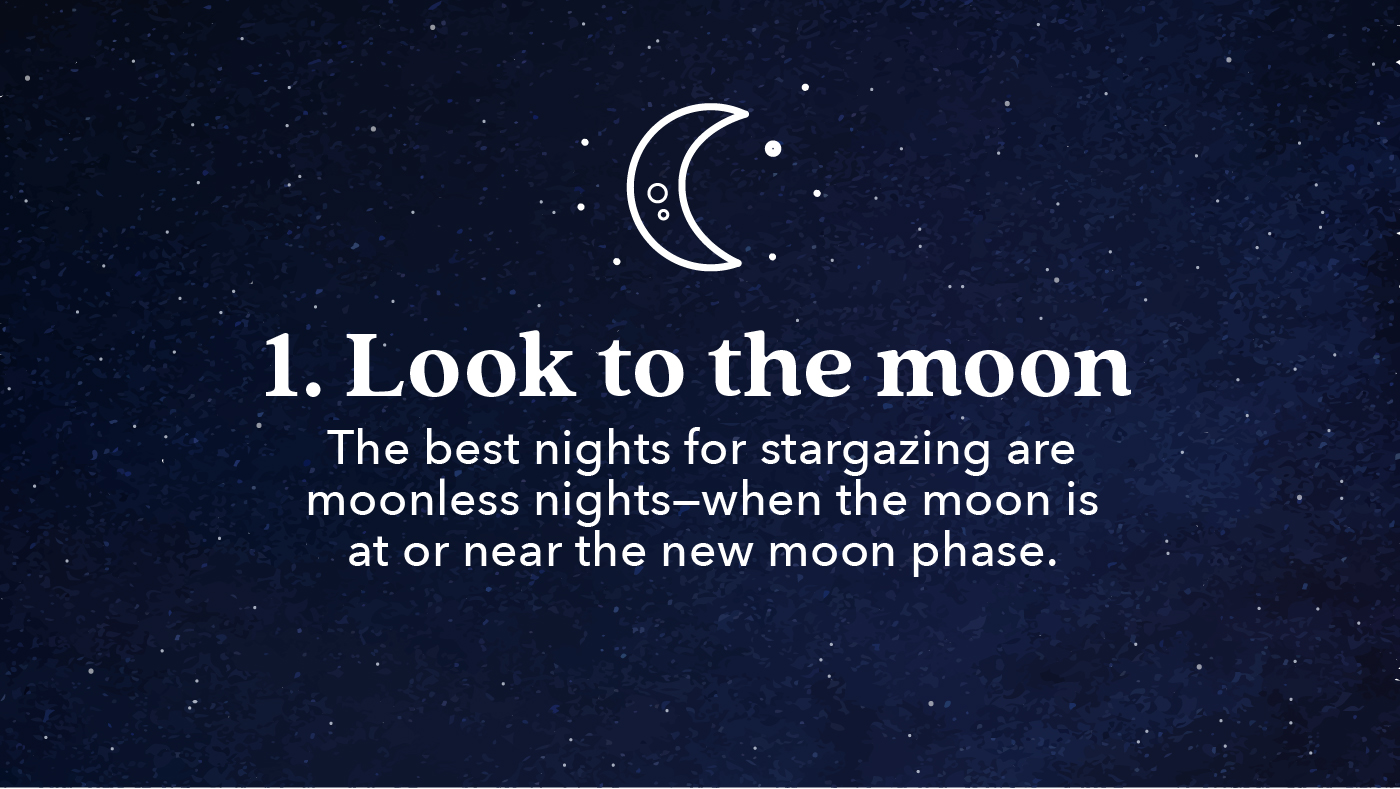
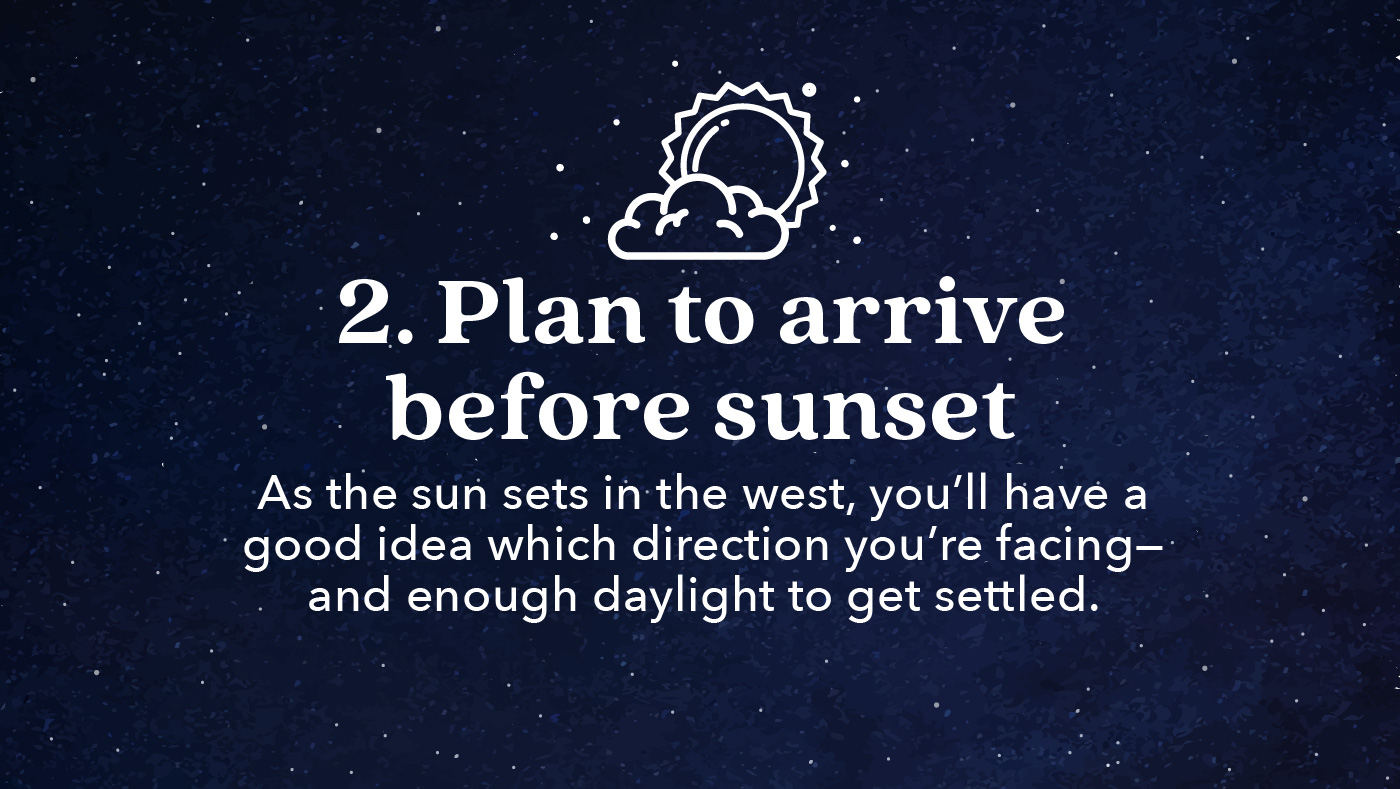
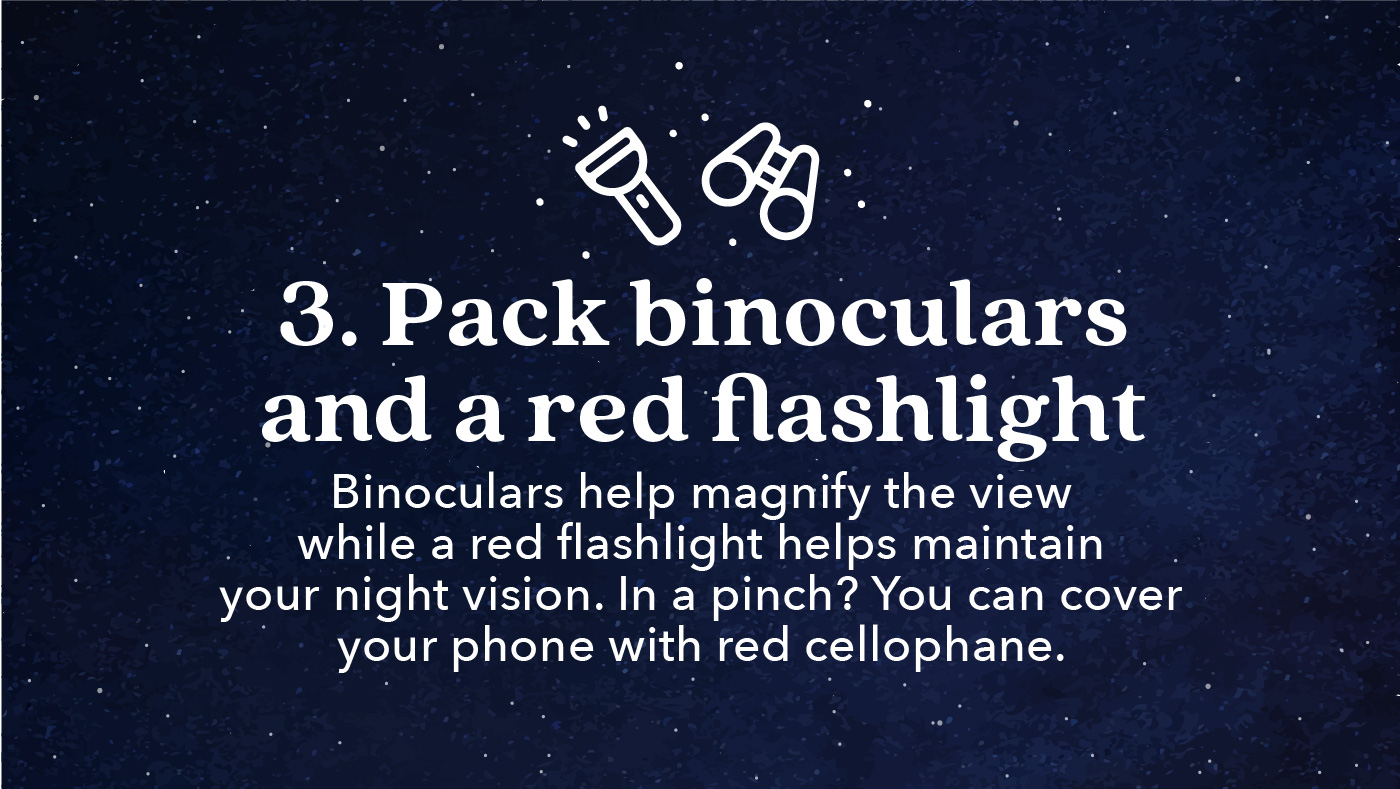


4. Kissimmee Prairie Preserve State Park in Florida
Roughly one hundred miles south of Orlando by car lies the 54,000-acre grassland that doubles as a home to many rare, threatened and endangered species—a perfect place for photographers, birdwatchers and animal lovers to visit. And, in 2016, this state park also became Florida’s first International Dark Sky Park thanks to its low light pollution—the sky turns an inky black. It even has astronomy viewing pads, which can be reserved online, for gazing at the stars.
Get the best view of: Jupiter, Saturn and the Milky Way
Where to stay: Plan a night at the on-site, full-facility campsites available for tents and RVs—perfect for pairing your stargazing with other daytime activities like hiking, biking and horseback riding.
5. Cherry Springs State Park in Pennsylvania
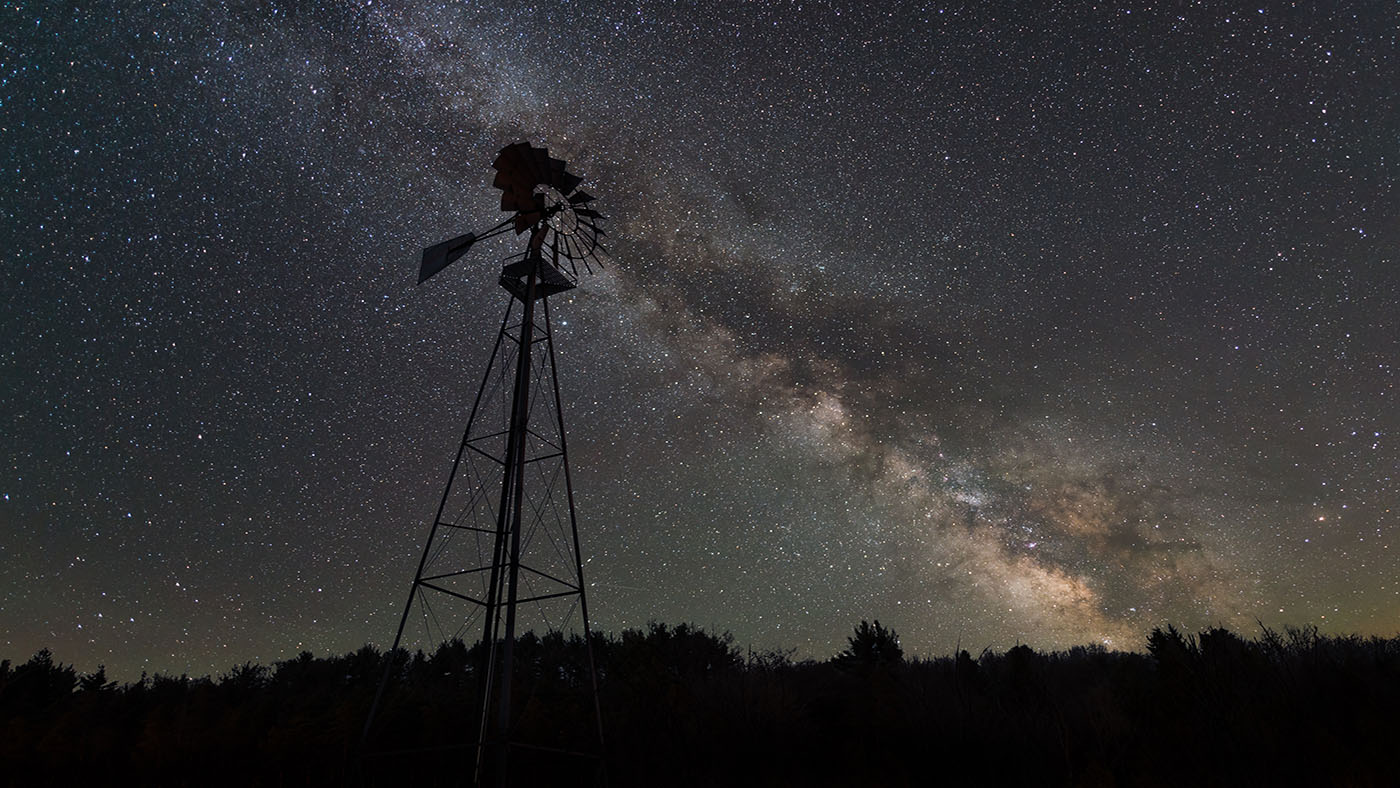
As one of the darkest places on the East Coast (it’s also open year-round), this 82-acre International Dark Sky Park, which sits inside the 265,000-acre Susquehannock State Forest, hosts laser-guided night sky tours. Enjoy learning all about the area’s legends and myths, and maybe even get a chance to take a peek at stars, planets and other deep-space objects through the park’s telescopes. There’s even the Overnight Astronomy Observation Field that stays open to the public all night, every night.
Get the best view of: the Milky Way and the Sagittarius and Cassiopeia constellations
Where to stay: The AAA Approved Penn Wells Hotel and Lodge in Wellsboro is great for a comfortable night in, or opt for the outdoors at one of the park’s own campsites.
6. Death Valley National Park in California and Nevada
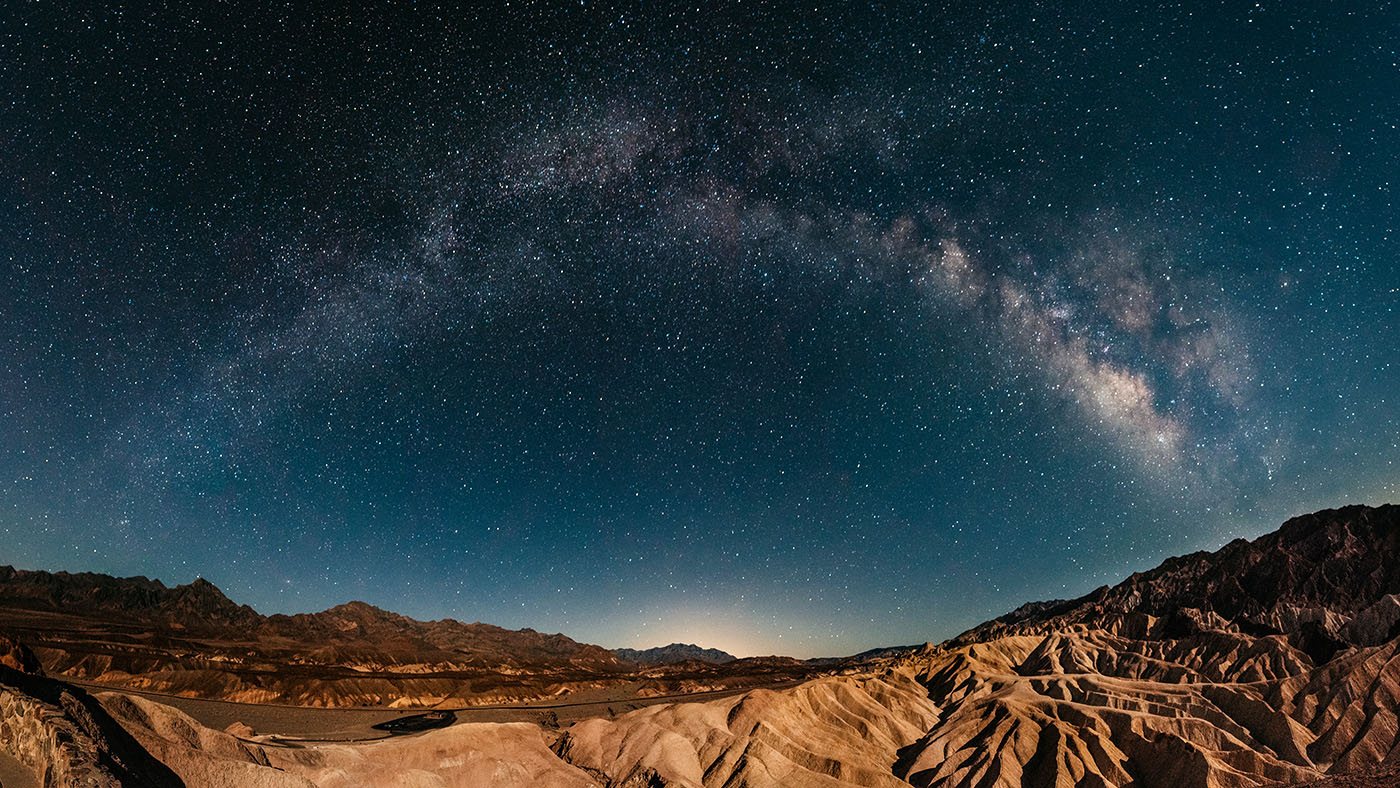
Death Valley is known as a land of extremes for many reasons: It’s the hottest, driest and lowest national park in the United States. It’s also the largest International Dark Sky Park (more than 5,000 square miles) with some of the darkest night skies and brightest star views the country has to offer—in spite of its proximity to both Las Vegas and Los Angeles. During the summer, park rangers host talks and tours, and telescopes are available for your night sky viewing pleasure.
Get the best view of: the Milky Way
Where to stay: If you’re traveling with a high-clearance vehicle (SUV or truck), plan to stay at the Mahogany Flat Campground. The road to the campsite is steep and rocky—but worth it, as it’s the highest point in the park where you can stay overnight.
7. Mauna Kea in Hawaii
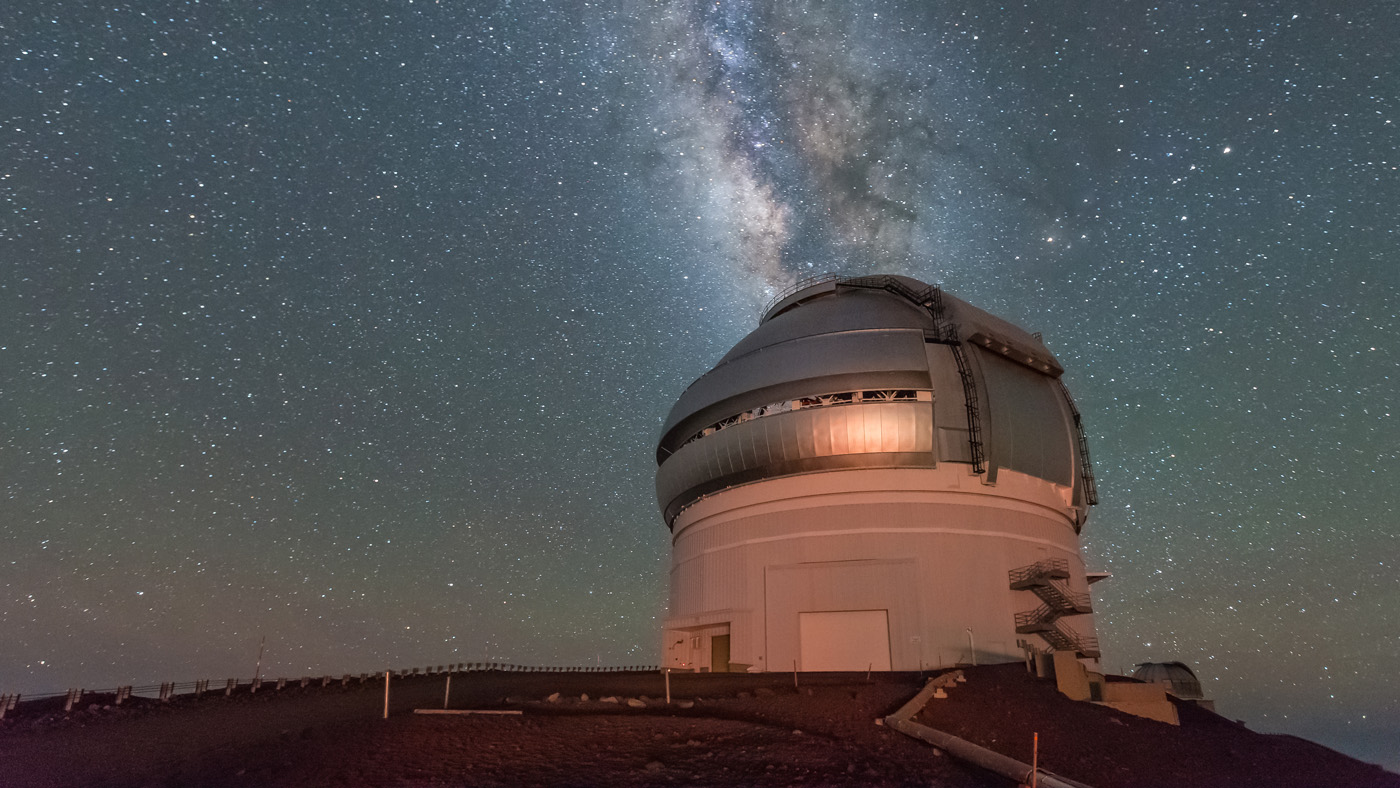
The summit of Mauna Kea, a dormant volcano on Hawaii’s Big Island, is a staggering 13,796 feet above sea level, making it an ideal location for a large astronomical observatory. The atmosphere is so dry it’s almost cloud-free—meaning the likelihood of a clear night is extremely high. And, with an islandwide ordinance that regulates outdoor lighting, the chance of finding an extremely dark sky is high, too. There are many options for tours to Mauna Kea’s summit for stargazing and panoramic views unlike anywhere else.
Get the best view of: the Crux constellation
Where to stay: Visiting Mauna Kea means driving a bit from lodging, but the hour-and-a-half-away town of Hilo has you covered with AAA Three Diamond Castle Hilo Hawaiian Hotel equipped with ocean views that make the drive worth it.
Want to see more of our national parks? Guided vacations from AAA travel partners offer lots of ways to see them.
. Explore More >>8. Glacier National Park in Montana
The designation of Glacier National Park in Montana and its Canadian counterpart, Waterton Lakes National Park, as International Dark Sky Parks is the first such classification to cross an international border. In summer, park rangers host popular viewing events throughout the park where visitors can see thousands of stars, plus planets and galaxies. Some visitors enjoy driving up Going-to-the-Sun Road at night for a spectacular view of a full moon or northern lights.
Get the best view of: the Milky Way and northern lights
Where to stay: Nearby Kalispell offers a variety of lodging choices. The AAA Three Diamond Best Western Plus Kalispell/Glacier Park West Hotel & Suites, which boasts a AAA Best of Housekeeping award, is just 30 miles from Glacier National Park and the Whitefish Mountain Resort.
9. Big Bend National Park in Texas
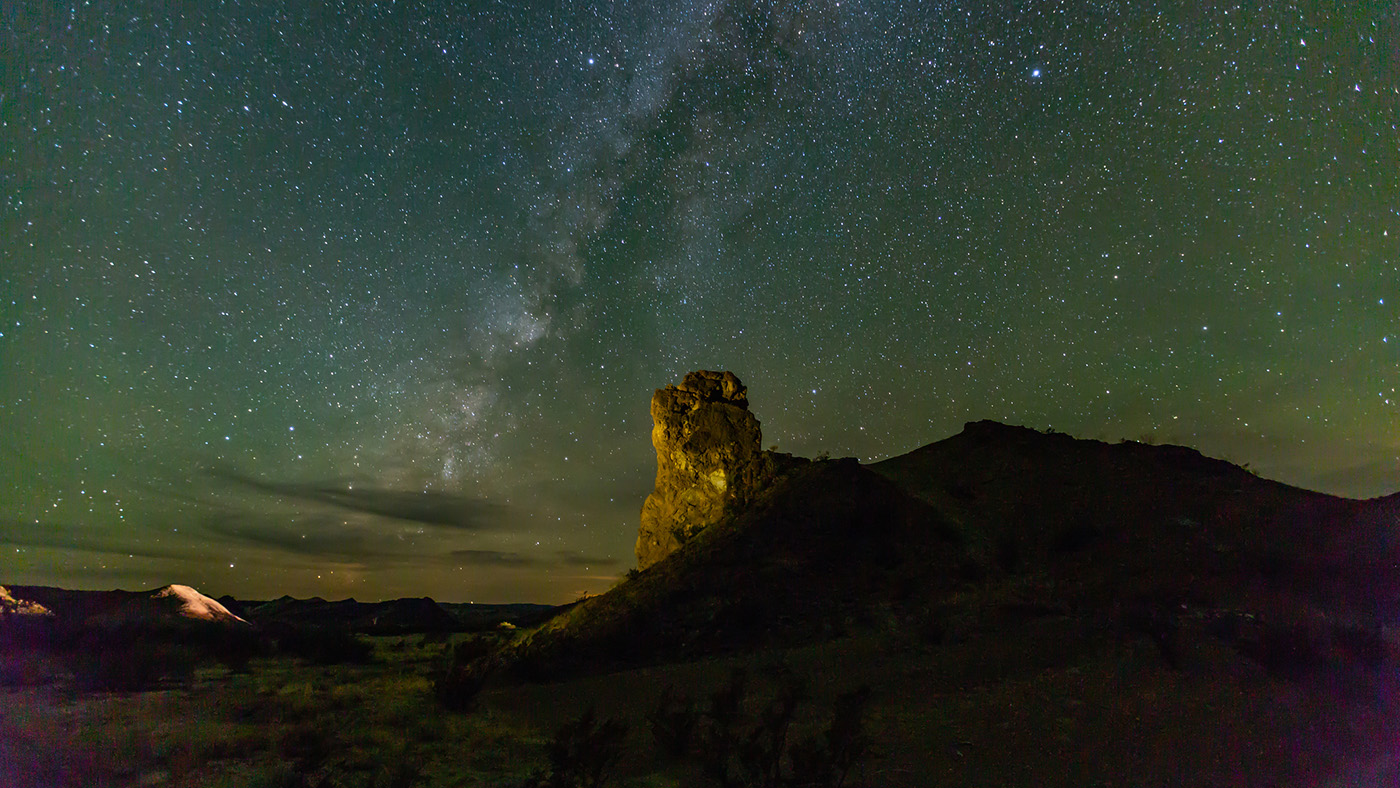
Because it is so far from towns or cities (the nearest airport is 235 miles away), this Texas park has less light pollution than any other national park in the lower 48 states—making it ideal for stargazing. From star parties to moonlight walks, the park offers programs throughout the year on the importance of dark night skies.
Get the best view of: meteor showers, constellations and the Milky Way
Where to stay: The distance of Big Bend National Park from population centers means that hotel accommodations may not be nearby, but the park does offer a variety of campgrounds.
10. Grand Canyon National Park in Arizona
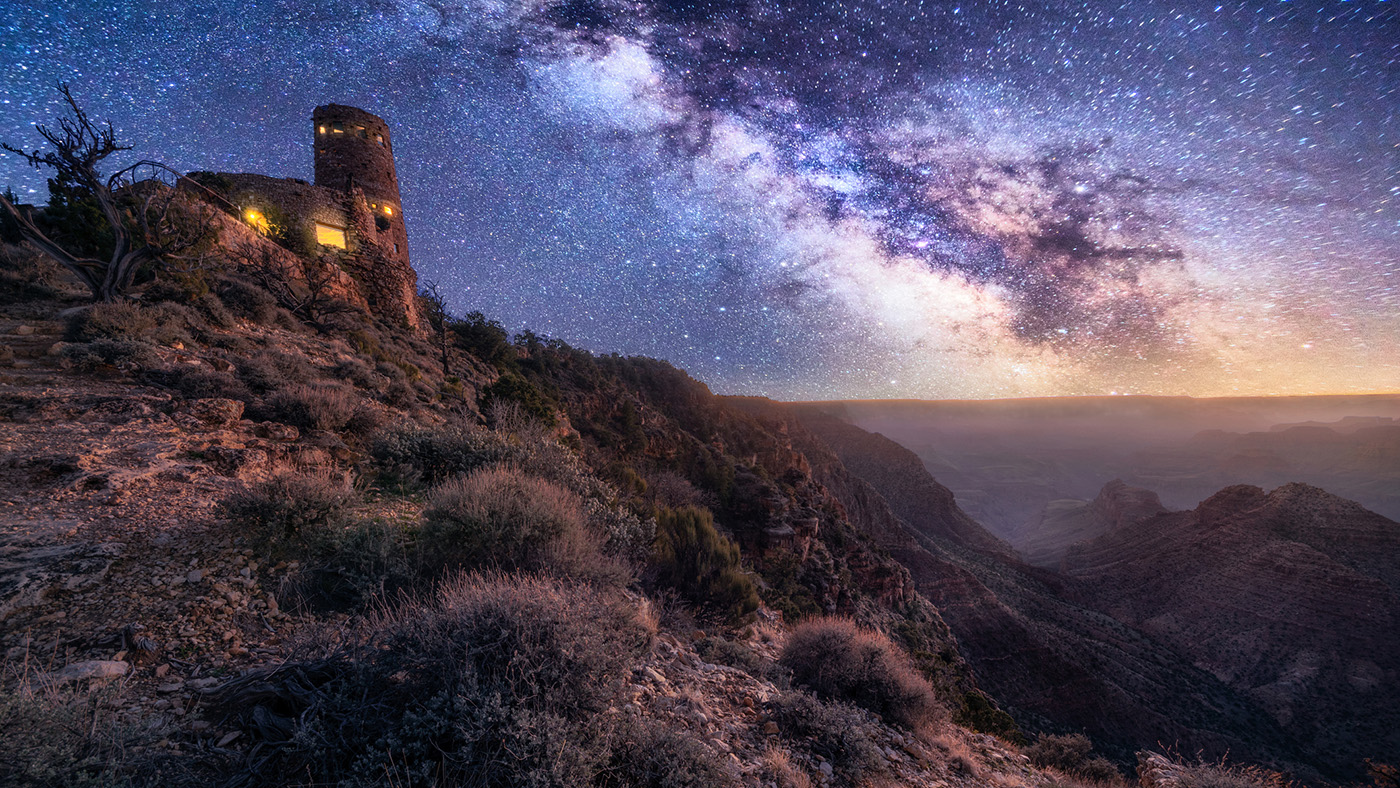
Thanks in part to its retrofitting of more than 1,500 lights, the Grand Canyon National Park earned International Dark Sky status in 2019. There’s a star party every year in June, and from May through September, rangers lead nighttime walks and talks. Mather Point (near the visitor center) is a great place for stargazing at the South Rim, as are Hermit’s Rest and the pullouts on Rim Trail. On the North Rim, the paved trail to Bright Angel Point offers an expansive view of the night sky.
Get the best view of: constellations and the Milky Way
Where to stay: The South Rim offers the AAA Three Diamond Grand Hotel at the Grand Canyon and a variety of other lodgings. More options are available at the North Rim and in nearby communities like Williams and Flagstaff. If camping is more your style, campgrounds in the area are plentiful.
11. Stephen C. Foster State Park in Georgia
Surrounded by North America’s largest blackwater swamp, this state park in southern Georgia is the only International Dark Sky Park in the state. The best time to view the Milky Way galaxy is during the summer months, but be sure to keep in mind current weather conditions—the summer months can be quite warm. The park offers astronomy programs throughout the year.
Get the best view of: meteor showers and the Milky Way
Where to stay: Many visitors stay at the park’s cabins or campground. A variety of less-rustic accommodations are about an hour’s drive away in Valdosta.
12. Mesa Verde National Park in Colorado
This park was certified as the world’s 100th International Dark Sky Park. The high elevation, arid climate, sparse population and clear skies contribute to the area’s stargazing opportunities. The Ancestral Pueblo people, who lived there more than a millennium ago, were keen observers of the night sky and left behind evidence of their astronomical knowledge. Although Mesa Verde's archeological sites, trails and backcountry are closed at night, visitors can still see the park's dark skies by staying at Morefield Campground and Far View Lodge (see below).
Get the best view of: a night sky similar to what the Ancestral Pueblo people saw
Where to stay: You can stay overnight (May through October) at Morefield Campground, which offers hundreds of sites, and Far View Lodge.